Tourism in Vietnam
Tourism in Vietnam
Tourist places in Vietnam
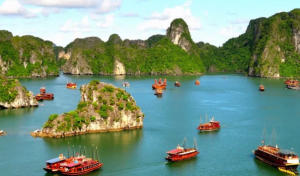
General information about Vietnam
Vietnam is a country in Southeast Asia on the South China Sea famous for its beaches, rivers, Buddhist temples and bustling cities. Hanoi, the capital, pays tribute to the iconic leader of the Communist era, Ho Chi Minh, through a huge marble mausoleum. Ho Chi Minh City (formerly Saigon) has French colonial landmarks, as well as Vietnamese War History museums and Si Chai Tunnels, used by Viet Cong soldiers.
Located in the Asian continent, Vietnam covers 310,070 square kilometers of land and 21,140 square kilometers of water, Vietnam became an independent country in 1954, after obtaining its sovereignty from France. Viet Nam shares land borders with 3 countries: China, Cambodia and the Lao People’s Democratic Republic.
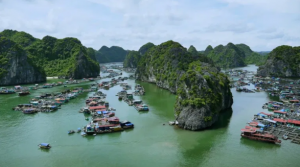
Huế
It is a city in central Vietnam that was the seat of the emperors of the Nguyen Dynasty and the national capital from 1802 to 1945. Among its highlights is the vast ội Nội Castle, which dates back to the nineteenth century, surrounded by a moat and thick stone walls. It includes the imperial city, with palaces and mausoleums. The Forbidden Blue City (Tử cấm thành), which was once the home of the Emperor; A replica of the Theater Royal.
Dragon boats throw the Song Huang River, dubbed “the river of perfumes”, to the flowers that smell the scent of nearby orchards every fall. To the south lie 7 imperial tombs, including the Tu Doc Tomb, with a lake filled with lotus and a pavilion. Another important site, Than Mu Pagoda, dates back to 1601 and contains a monastic complex.Other entertainments include the bustling Dong Ba Market and restaurants serving local dishes like bun bo and delicious noodle soup. Day trips include scenic Thuận An Beach.
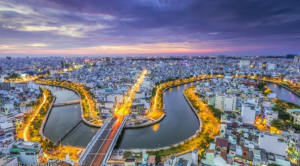
Gulf
The Long Bay region in northeastern Vietnam is famous for its emerald waters and thousands of tall limestone islands topped by rainforests. Boat trips and sea kayak excursions take visitors to the islands for which they are named after their shapes, including the Stone Dog and Teapot Islands. The area is popular for scuba diving, rock climbing and hiking activities, particularly in the Cát Bà Mountain National Park.
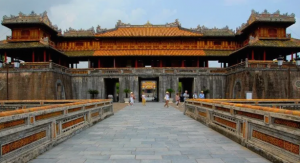
Ho Chi Minh City
(Known as Saigon) is a city in South Vietnam famous for the pivotal role it played in the Vietnam War. It is also famous for its French colonial landmarks, including Notre Dame Cathedral, made entirely of materials imported from France, and the central post office in the 19th century. Food stalls line the streets of the city, especially around the bustling B Thn Thành Market.
The Saigon wartime story is told in the War Remnants Museum, the network of tunnels at Chai and the Palace of Independence, where North Vietnamese tanks broke through the famous gates in April 1975 CE Saigon Zoo and Botanical Gardens are home to rare elephants, tigers and orchids. Native plants and animals can also be seen in the Cần Giờ Biosphere Reserve, a mangrove forest at the mouth of the Saigon River. Filled with incense statues and carvings, the Jade Emperor Pagoda features elaborate statues and a turtle pond.
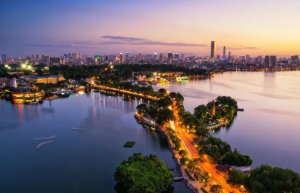
Hanoi
, The capital of Vietnam, with centuries-old architecture and rich culture with Southeast Asian influences, China and France. In the heart of the city is the old, chaotic neighborhood, where narrow streets are arranged by commerce. There are several smaller temples, including the Bach Ma, a tribute to the legendary horse, as well as the Xng Xuân Market.
Other attractions include the One Pillar Pagoda, a small temple atop a stone pillar, and the 11th-century Temple of Literature, which was once home to a Confucian Academy. French colonial buildings dot the city, from the neoclassical opera house to the restored Saint Joseph’s Cathedral. The mausoleum of the communist leader Ho Chi Minh and the museum in Hoa Lo Prison (also known as Hanoi Hilton, who held prisoners of war) recall the Vietnam War. Cultural activities range from Tai Chi martial arts around Hoàn Kiếm Lake to traditional music and a water puppet room.
